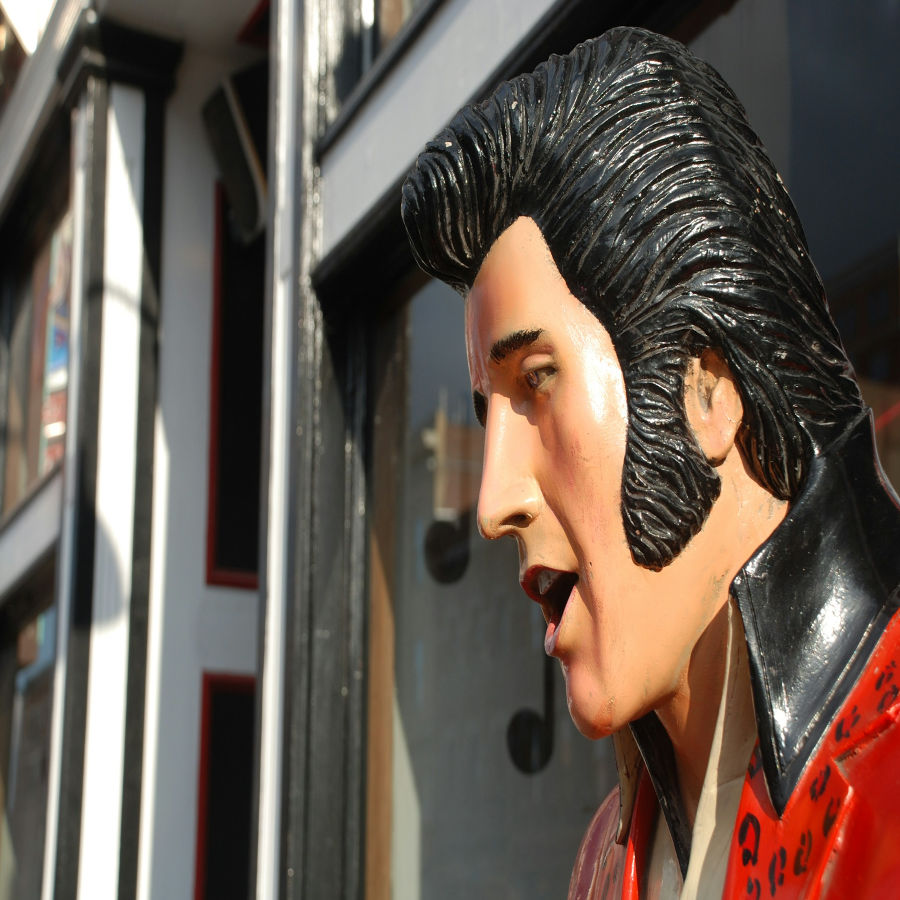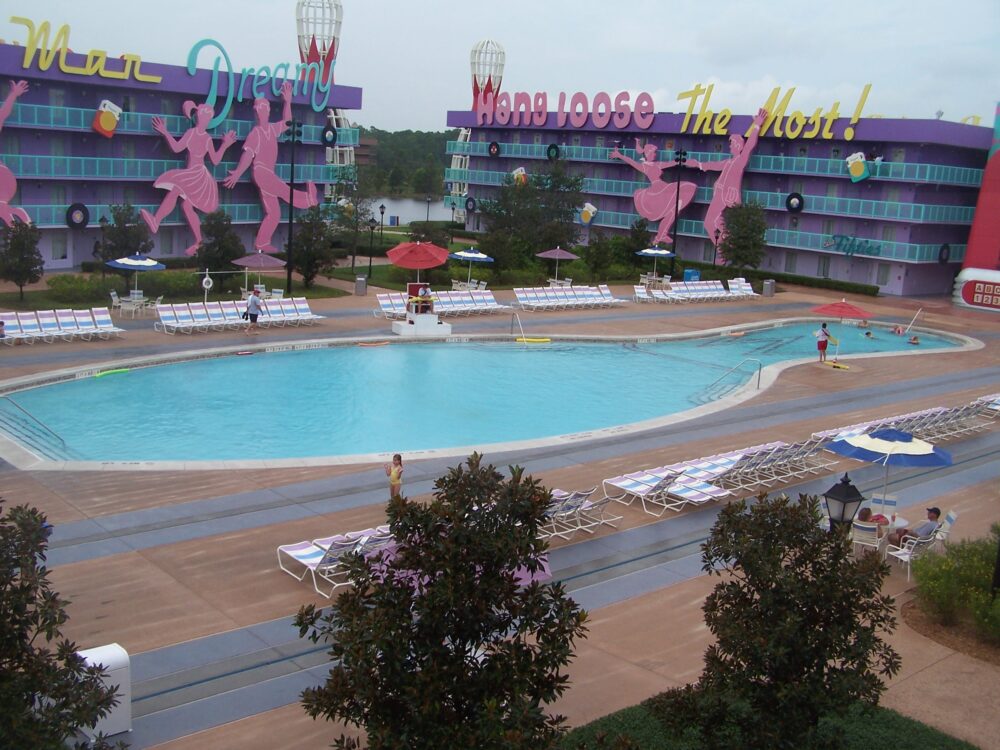11 Memorable Trends from the 50’s That Boomers Still Remember
1. Sock Hops and Jukeboxes

unsplash
Sock hops were the quintessential teenage social event of the 1950s. Held in school gyms and community centers, these informal dances featured the latest rock ‘n’ roll hits played on jukeboxes. Teens would kick off their shoes, dance in their socks, and enjoy the freedom of a simpler time. The atmosphere was electric, with popular songs by Elvis Presley and Buddy Holly setting the mood. Jukeboxes, with their colorful lights and classic design, became a symbol of the era. These gatherings fostered a sense of community and fun, leaving lasting memories for those who experienced them.
2. Drive-In Theaters

unsplash
Drive-in theaters were a beloved pastime in the 1950s, offering a unique way to watch movies under the stars. Families and couples would pile into their cars, park in front of a massive outdoor screen, and tune in to the film’s audio via their car radios. It was an affordable and enjoyable outing, perfect for summer nights. The experience of watching films like “Rebel Without a Cause” from the comfort of a car is a nostalgic memory for many Boomers. Drive-ins also became popular date spots, adding a touch of romance to the movie-going experience. While fewer in number today, drive-in theaters still hold a special place in American culture.
3. Poodle Skirts and Leather Jackets

wikimedia
Fashion in the ’50s was characterized by iconic styles like poodle skirts for girls and leather jackets for boys. Poodle skirts, adorned with appliqué poodles, were often worn with crinolines and saddle shoes, creating a playful and stylish look. Boys embraced the rebellious image of leather jackets, inspired by movie stars like James Dean. These fashion trends were more than just clothing; they were expressions of individuality and youth culture. The distinct styles of the ’50s continue to inspire fashion designers and vintage enthusiasts today. The nostalgia for these classic looks remains strong among Boomers.
4. Milk Bars and Soda Fountains

unsplash
Milk bars and soda fountains were popular hangout spots for teens and young adults in the 1950s. These establishments served milkshakes, sundaes, and sodas, often accompanied by burgers and fries. The social atmosphere was vibrant, with jukeboxes playing the latest hits and friends gathering after school or on weekends. The simplicity of enjoying a milkshake at a soda fountain evokes a sense of nostalgia for a bygone era. These venues were central to the social lives of many Boomers, providing a space to relax and socialize. The charm of milk bars and soda fountains is fondly remembered and sometimes recreated in modern diners.
5. Rock ‘n’ Roll Revolution

wikimedia
The 1950s saw the birth of rock ‘n’ roll, a musical revolution that changed the landscape of popular music. Artists like Elvis Presley, Chuck Berry, and Little Richard brought energetic rhythms and rebellious lyrics to mainstream audiences. This new genre captivated the youth and created a generational divide between them and their parents. Rock ‘n’ roll became a symbol of teenage rebellion and freedom. The impact of this musical era is still felt today, with many classic rock ‘n’ roll songs remaining popular. Boomers who experienced the rise of rock ‘n’ roll hold those memories dear and continue to celebrate the music that defined their youth.
6. Television Boom

unsplash
The 1950s marked the golden age of television, with more households than ever before owning a TV set. Popular shows like “I Love Lucy,” “The Ed Sullivan Show,” and “Leave It to Beaver” became cultural touchstones. Families would gather around the TV for their favorite programs, creating a shared experience that brought them closer. The rise of television also introduced advertising in a new and impactful way, shaping consumer culture. The simplicity of those early TV shows and the communal experience of watching them together is a cherished memory for Boomers. The influence of 1950s television on modern media is undeniable.
7. Hula Hoops and Davy Crockett Hats

wikimedia
The 1950s were a time of fun and whimsical fads, including the hula hoop craze and the popularity of Davy Crockett hats. Hula hoops became a nationwide sensation, with kids and adults alike trying to keep the colorful plastic hoops spinning around their waists. The trend was a simple yet enjoyable form of exercise and entertainment. Meanwhile, the TV show “Davy Crockett, King of the Wild Frontier” sparked a craze for coonskin caps, with children everywhere donning the distinctive hats. These playful trends brought joy and a sense of adventure to the decade. The lasting appeal of these fads is a testament to their fun and engaging nature.
8. Family Road Trips

unsplash
With the rise of the automobile industry, family road trips became a popular way to travel and explore the country. Families would pack their cars and hit the open road, visiting national parks, roadside attractions, and distant relatives. The journey itself was an adventure, with stops at diners, motels, and scenic viewpoints. These trips fostered a sense of togetherness and created lasting memories. The iconic imagery of station wagons loaded with luggage and excited kids is a hallmark of the era. For Boomers, the nostalgia of these family vacations is strong, reminding them of simpler times and cherished moments.
9. Cold War Culture

wikimedia
The 1950s were marked by the tensions of the Cold War, influencing many aspects of daily life. Fear of nuclear war led to the construction of bomb shelters and regular duck-and-cover drills in schools. Propaganda films and news reports heightened the sense of urgency and caution. Despite the fear, there was also a sense of resilience and community as people prepared for the worst. The era’s unique combination of paranoia and patriotism is a distinctive memory for those who lived through it. The impact of Cold War culture is still evident in historical discussions and media portrayals.
10. Elvis Mania

unsplash
Elvis Presley, the King of Rock ‘n’ Roll, became a cultural phenomenon in the 1950s. His groundbreaking music, charismatic stage presence, and rebellious image captivated audiences worldwide. Elvis’s performances on shows like “The Ed Sullivan Show” sparked frenzy and adoration among fans, leading to unprecedented levels of fame. His influence extended beyond music, affecting fashion and attitudes towards youth culture. For Boomers, Elvis represents the spirit of the 1950s and the transformative power of rock ‘n’ roll. The enduring legacy of Elvis Presley continues to inspire new generations of music lovers.
11. The Space Race

unsplash
The late 1950s saw the beginning of the Space Race, a period of intense competition between the United States and the Soviet Union. The launch of Sputnik 1 in 1957 marked the first artificial satellite to orbit Earth, igniting a race to explore space. This era inspired awe and excitement about the possibilities of space travel and technological advancement. Schools emphasized science and math education, and the public eagerly followed each new development. The Space Race symbolized the potential for progress and the quest for knowledge. Boomers who witnessed these early achievements in space exploration remember the sense of wonder and national pride.
An Indelible Era

wikimedia

Stephen began his career as a Research Assistant at a reputable middle-market private equity firm, where he honed his skills in market research, financial analysis, and identifying investment opportunities. He then transitioned to full-time financial writing focusing on small-cap biotech innovation and digital payment solutions. Today, Stephen is a value-based retail investor and novice baseball statistician.





